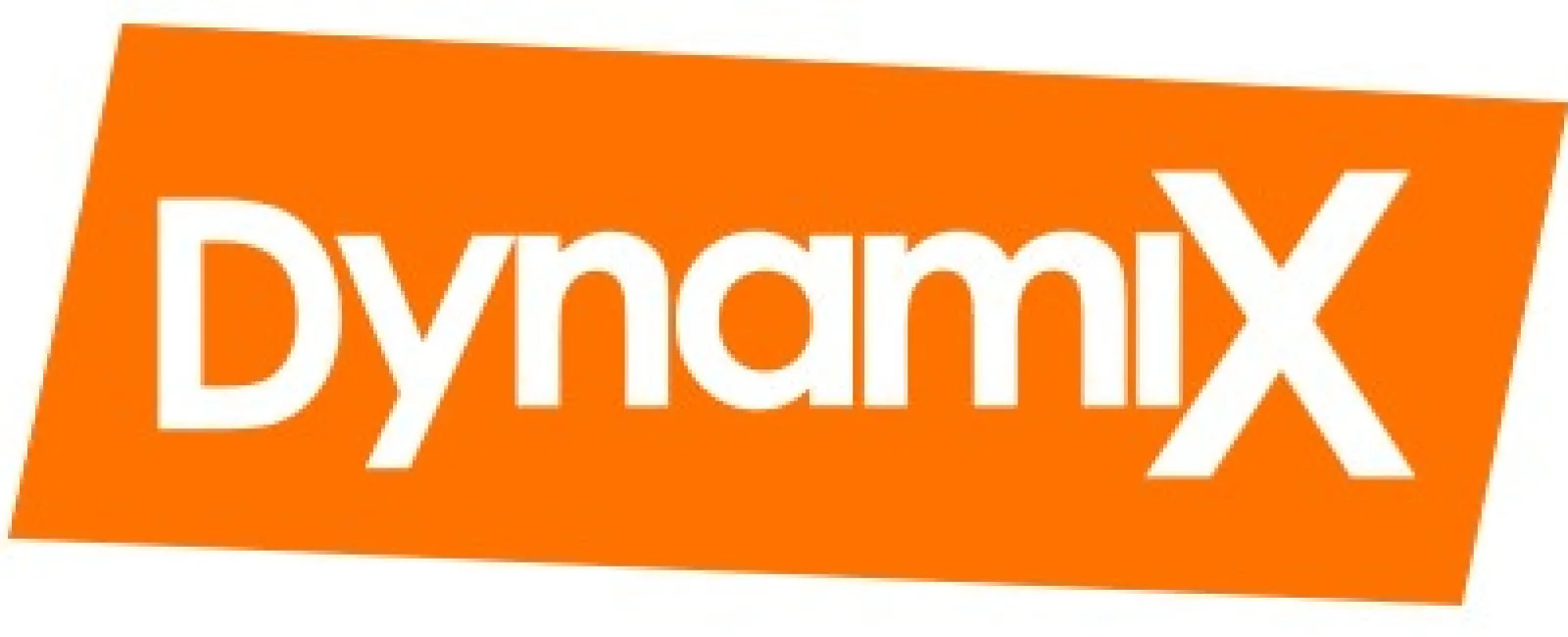They say imitation is the sincerest form of flattery, so I guess we should feel good when someone steals our DynamiX blog images (without crediting us). But what if you want to protect where an image you created is being used?
The answer comes from a cool site called TinEye. TinEye is known as a “reverse image search” engine. In short, that means that you can give it a link to an image, and it will find where that image has been used elsewhere.
Let’s show it off!
This is an image that we made way back in May 2009 to correspond with our article “Our Plumbers, 10% Steroid Free.”
The Image:

And here are TinEye’s results for the image:

These sites are all using the image.
In looking a bit deeper, we can see that all four of these sites are simply hotlinking our image (linking directly to our image), without any attribution. In other words, they’re stealing our bandwidth (which is admittedly cheap these days) but not telling anyone who made the image. The fourth result appears to just be a simple forum, and we’ll let them slide.
This is a great time for us to call out the two images we took 3 minutes to combine in Photoshop to make this picture in the first place:
- Billboard image: http://www.sxc.hu/photo/1089869 by artist asifthebes
- Clown: http://www.sxc.hu/photo/32081 by artist glo
Obviously I can hardly call this image our own, as we simply combined two free use images and added a tag line over them, but this technique is great for finding photos that you took yourself, or designs that you created from the ground up.
TinEye isn’t the only place to go to track down your images, and Google has recently gotten into the game with their hugely popular Images search. To use it, just save the image in question to your computer, go to http://www.google.com/imghp and drag the image over the text box on the page. You’ll see this:

And the results:

Interestingly, the three images it found are all ones that TinEye didn’t catch. This illustrates the benefit of going through both channels when trying to track down an image.
What do you do when you found an image that you want to have removed? Try http://www.dmca.com/takedowns.aspx for a start, or send the site a letter directly informing them of the infringement.
Stay friendly, you never know where they found the image or what they knew about their ability to use it on their own site. There’s a lot of conflicting information online, and the chances are high that this was just an innocent mistake on their part!
